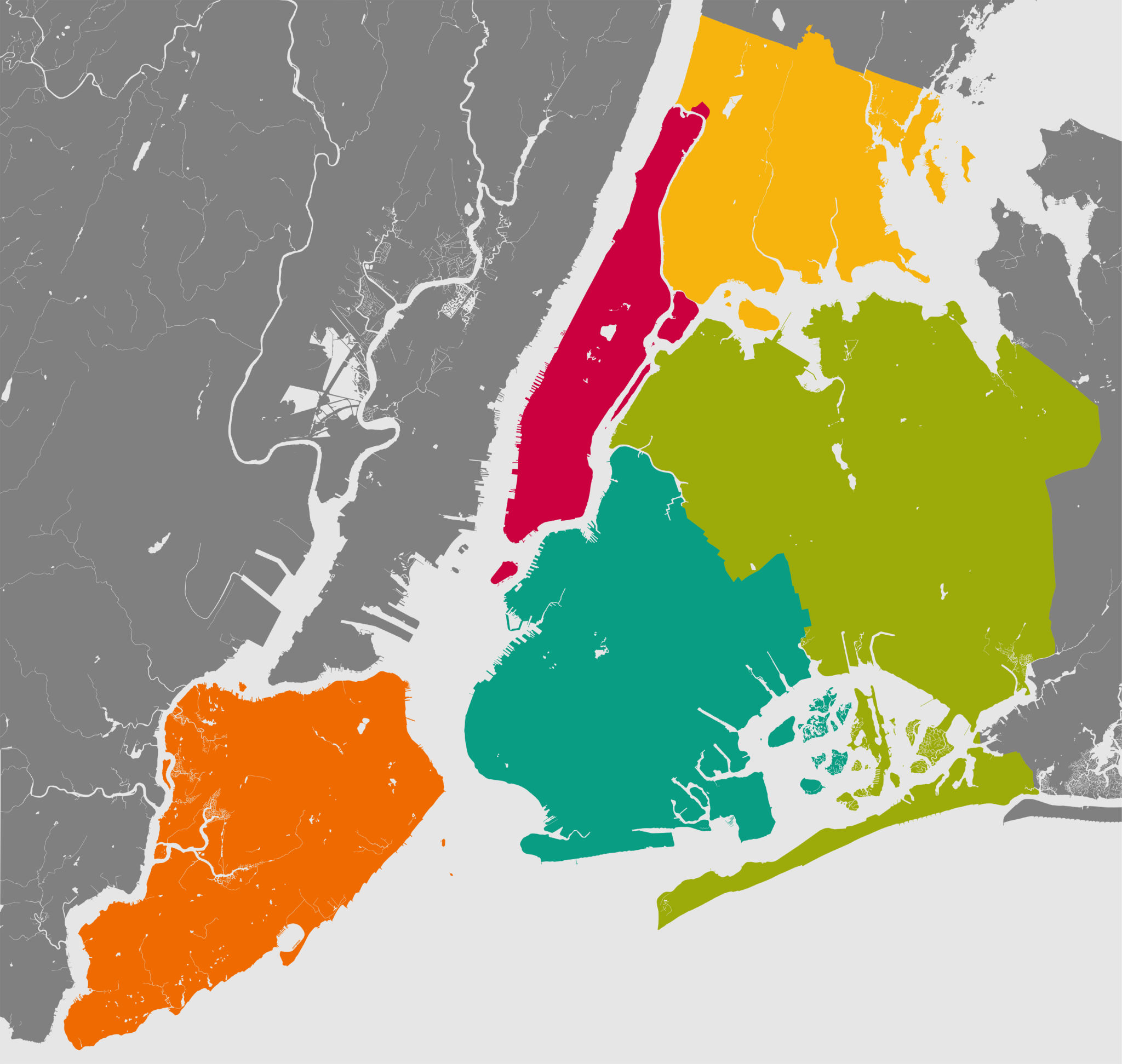Understanding Air Rights in NYC: A Key to Real Estate Success
JW
What Are Air Rights?
In the bustling real estate market of New York City, understanding the concept of air rights can be a game-changer. Air rights refer to the ability to develop or utilize the space above a property. This concept allows property owners to capitalize on the vertical potential of their land, often leading to substantial financial gain.
Air rights are particularly significant in NYC due to the city's dense population and limited land availability. By purchasing air rights, developers can build taller structures than zoning laws typically permit, maximizing their property's value.

Historical Context of Air Rights
The concept of air rights has a rich history in New York City, dating back to the early 20th century. Initially, air rights were primarily associated with railroads and bridges. However, as the city's skyline began to rise, the importance of air rights in real estate development became increasingly evident.
One of the most famous examples of air rights utilization is the construction of the Pan Am Building (now MetLife Building) above Grand Central Terminal in the 1960s. This development paved the way for future projects that capitalized on unused space above existing structures.
How Air Rights Work
Air rights transactions typically involve the sale or transfer of development rights from one property owner to another. The process can be complex, requiring careful consideration of zoning regulations and legal agreements. Property owners looking to sell their air rights must ensure their building complies with existing structural requirements.

Once acquired, air rights can allow developers to increase a building's height or density, thereby creating more usable space. This can lead to higher rental incomes or property sales prices, making air rights a lucrative investment.
The Role of Zoning Laws
Zoning laws play a crucial role in governing air rights in NYC. These regulations determine how tall a building can be and how much floor area is permissible. Understanding these laws is essential for developers seeking to purchase or utilize air rights effectively.
Each zoning district has its own rules, and navigating these complexities can be challenging. Consulting with legal and real estate experts is often necessary to ensure compliance and optimize development potential.

The Impact of Air Rights on Real Estate Success
Incorporating air rights into a real estate strategy can significantly enhance a property's value. By expanding vertically, developers can create more units or commercial space, increasing their return on investment. This is particularly beneficial in high-demand areas where land is scarce.
Moreover, leveraging air rights can lead to iconic architectural projects that redefine city skylines, adding prestige and allure to developments. As such, understanding and utilizing air rights effectively is crucial for achieving real estate success in NYC.
